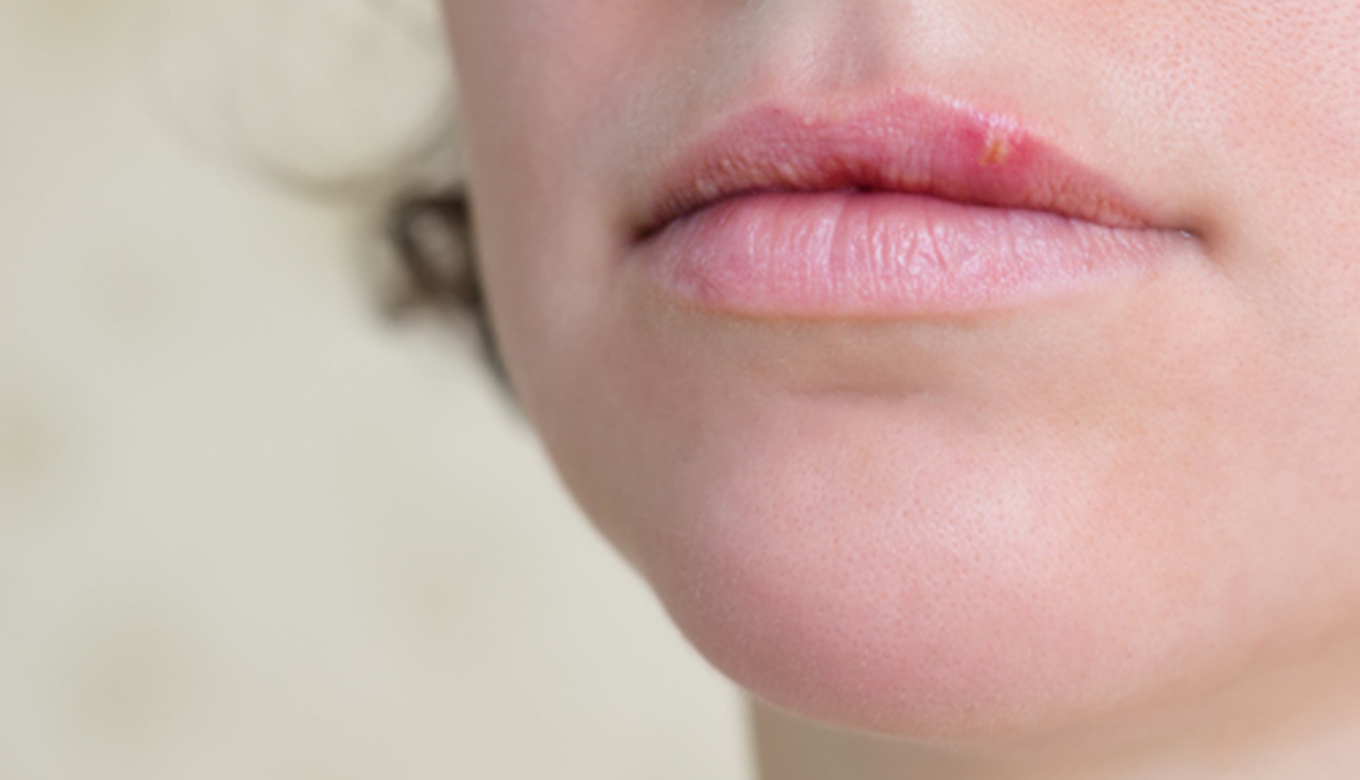Bumps on lips – Causes and Treatments

Bumps on lips can be caused by a number of factors. Usually harmless, there is no uniform way to identify and categorize the bumps. Here, in this article, let us talk about what causes bumps on lips and how to treat them before they become serious.
Causes of bumps on lips:
Bumps on lips can be caused by these factors:
- Bacterial infection present in the mouth: An allergic reaction to a substance like a lipstick or a chemical may cause bumps on lips in addition to red sores.
- Canker sore/ulcer present in mouth. Canker sores can develop due to a number of reasons including stress, injuries and in reaction to a food substance that your body is not comfortable with.
- An ailment in hand, mouth or foot. (This may either be red spots in mouth, hand, foot, buttocks or groin).
- Milia: These are small cavities present in the skin that are made from dead skin cells and usually found in newborns.
- Syphilis. This sexually transmitted disease shows up as aching red sores in genital region and sometimes in other parts of the body including lips and mouth.
- Oral thrush: This yeast infection may show us a white/red patch in mouth.
- Oral herpes.
- Fordyce spots: These are white/yellow spots found in the lips.
- Oral Cancer (though it is more likely you don’t have cancer).
- Mucoceles. These bumps are caused when the salivary glands malfunction.
- Perioral dermatitis: A common facial skin disease that is similar to acne.
Having discussed the causes of bumps on lips. Here are some precautions and possible treatment options.
Time to consult a doctor:
- When you have breathing issues.
- When bleeding occurs in your mouth/lips.
- When the rash worsens/swelling increases.
- When your jaw aches.
Your doctor whether General Practitioner or Dentist would take a blood test to ascertain the issue after taking a note of your medical history with regards to bumps on lips and other risk factors. Your doctor would also physically look for symptoms or ask you if you face any discomfort.
While in minor cases, the diagnosis is based on visual examination, in some cases he/she might:
- Take a blood test.
- Conduct a biopsy
- Or take an X-ray, CT scan or a MRI.
Leave a Reply